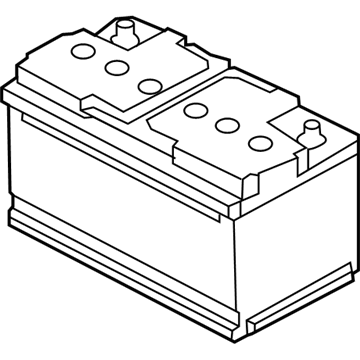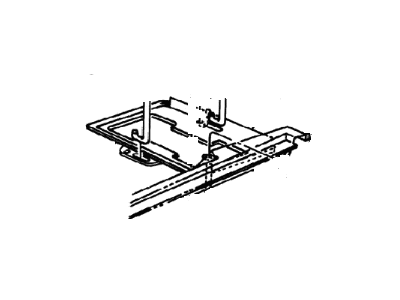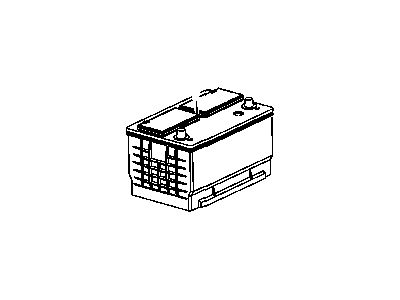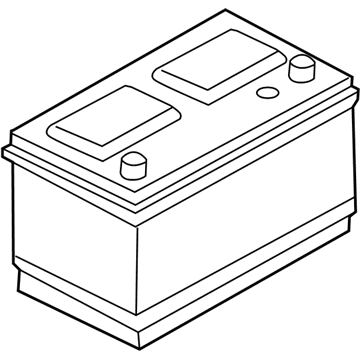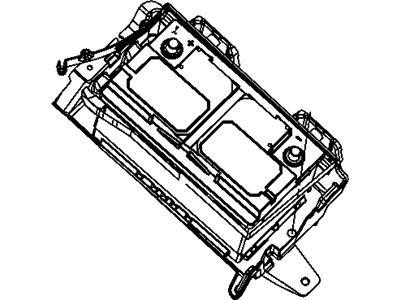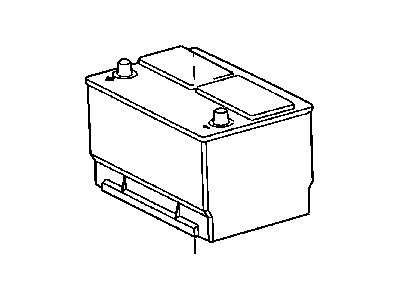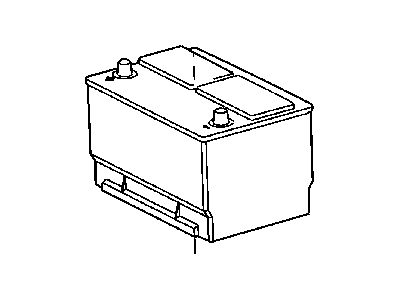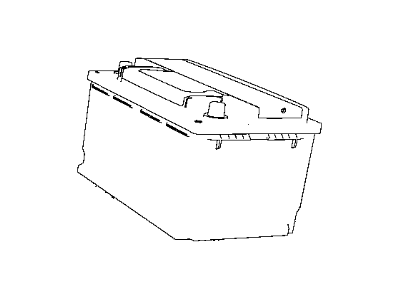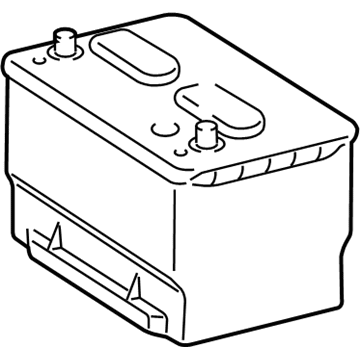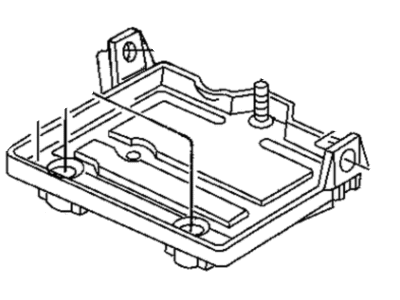
My Garage
My Account
Cart
Genuine Dodge Ram 1500 Car Batteries
Auto Battery- Select Vehicle by Model
- Select Vehicle by VIN
Select Vehicle by Model
orMake
Model
Year
Select Vehicle by VIN
For the most accurate results, select vehicle by your VIN (Vehicle Identification Number).
22 Car Batteries found

Dodge Ram 1500 Terminal-Battery Terminal
Part Number: VU01205$58.28 MSRP: $86.60You Save: $28.32 (33%)

| Page 1 of 2 |Next >
1-20 of 22 Results
Dodge Ram 1500 Car Batteries
The Car Batteries in Dodge Ram 1500 vehicles, as an integral electrochemical Car Batteries, is used to store electrical energy which can be used to start the motor, and other electrical units such as begins of ignition, and fuel injections system. It also supplies power for parts whenever the engine has been switched off and lasts for features such as the clock and the memory of other components of the automobile. Various batteries used by Dodge Ram 1500 over the years include Conventional Flooded Lead-Acid (FLA), FLA Maintenance-Free and AGM batteries. FLA batteries need maintenance often, but FLA Maintenance-Free batteries have less service requirements but can leak, if they are harmed. AGM batteries, at the same time, are easier to use since they do not require frequent maintenance; they have longer cycle and recharge durability; and can withstand temperature fluctuations better than the flooded battery types which are good for off-road or racing vehicles. Dimensions, arrangement, and other rating such as CCA and Reserve Capacity are necessary factors so that batteries will be able to perform in extreme weather conditions.
Looking for affordable and high-quality auto parts? Then you have already arrived at the proper online shop. We offer all Dodge Ram 1500 Car Batteries at great affordable prices. Moreover, all genuine Dodge Ram 1500 Car Batteries come with a manufacturer's warranty. In the long run, you would realize you have saved a lot of trouble and money with OEM parts from here.
Dodge Ram 1500 Car Batteries Parts Questions & Experts Answers
- Q: What is the routine preventive maintenance program for the battery in your Dodge Ram 1500?A:A routine preventive maintenance program for the battery in your vehicle is essential to ensure quick and reliable starts. Before performing any battery maintenance, make sure you have the proper equipment necessary to work safely around the battery. Take precautions when servicing the battery, such as turning off the engine and all accessories and disconnecting the cable from the negative terminal. The battery produces flammable and explosive hydrogen gas, so never create a spark or light a match near it. Charge the battery in a ventilated area. The electrolyte contains poisonous and corrosive sulfuric acid, so avoid contact with your eyes, skin, or clothes, and never ingest it. Wear protective safety glasses when working near the battery and keep children away. Check the external condition of the battery for any torn or damaged rubber protectors, corroded or loose connections, cracks in the case or cover, or loose hold-down clamps. If corrosion is evident, remove the battery for cleaning by loosening the cable clamp bolts and disconnecting the hold-down clamp bolt and nut. Clean the cable clamps thoroughly with a battery brush or terminal cleaner and a solution of warm water and baking soda. Wash the terminals and top of the battery case with the same solution, being careful not to let it get into the battery. Clean the battery posts with a terminal cleaner if extensively corroded. Thoroughly wash all cleaned areas with plain water. Ensure the battery tray is in good condition and the hold-down clamp fasteners are tight. If the battery is removed from the tray, make sure no parts remain in the bottom when reinstalling. When reinstalling the hold-down clamp bolts, do not over-tighten them. Corrosion on the hold-down components, battery case, and surrounding areas can be removed with a solution of water and baking soda, followed by rinsing with plain water. Any metal parts damaged by corrosion should be covered with a zinc-based primer and painted. Slow-rate charging is recommended to restore a discharged battery or maintain battery charge in a vehicle driven only a few miles between starts. A one or two-amp battery charger is the safest and least straining option. For a faster charge, a higher amperage charger can be used, but not one rated more than 1/10th the amp/hour rating of the battery. Rapid boost charges should only be used in emergency situations. The average time to charge a battery is typically 12 to 16 hours with a trickle charger.

